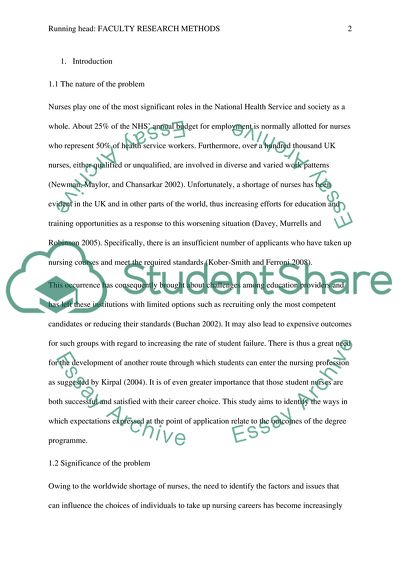Cite this document
(Reasons behind Nursing as Career Choice Term Paper - 2, n.d.)
Reasons behind Nursing as Career Choice Term Paper - 2. https://studentshare.org/nursing/1751576-reasons-behind-nursing-as-career-choice-a-qualitative-study
Reasons behind Nursing as Career Choice Term Paper - 2. https://studentshare.org/nursing/1751576-reasons-behind-nursing-as-career-choice-a-qualitative-study
(Reasons Behind Nursing As Career Choice Term Paper - 2)
Reasons Behind Nursing As Career Choice Term Paper - 2. https://studentshare.org/nursing/1751576-reasons-behind-nursing-as-career-choice-a-qualitative-study.
Reasons Behind Nursing As Career Choice Term Paper - 2. https://studentshare.org/nursing/1751576-reasons-behind-nursing-as-career-choice-a-qualitative-study.
“Reasons Behind Nursing As Career Choice Term Paper - 2”. https://studentshare.org/nursing/1751576-reasons-behind-nursing-as-career-choice-a-qualitative-study.


